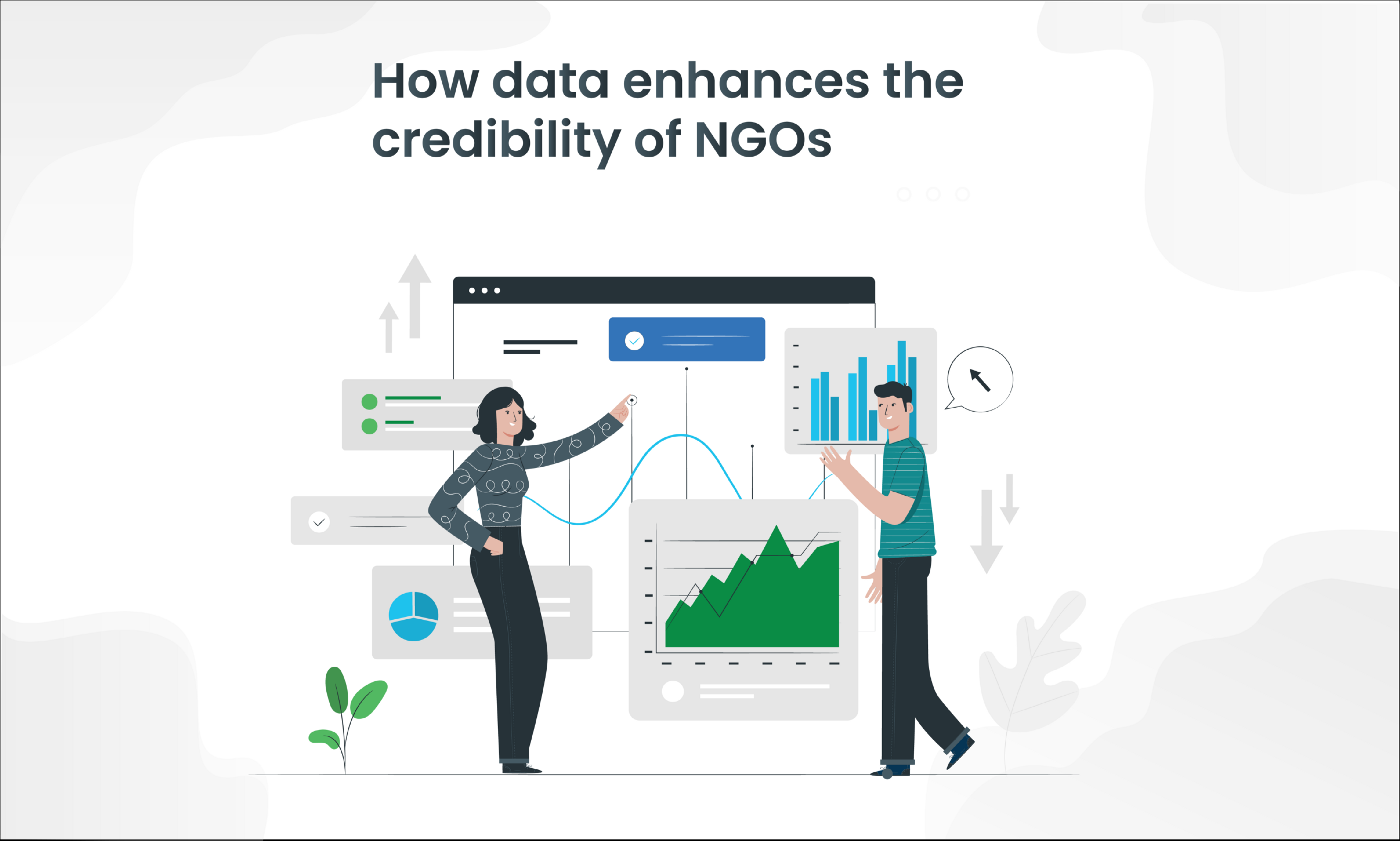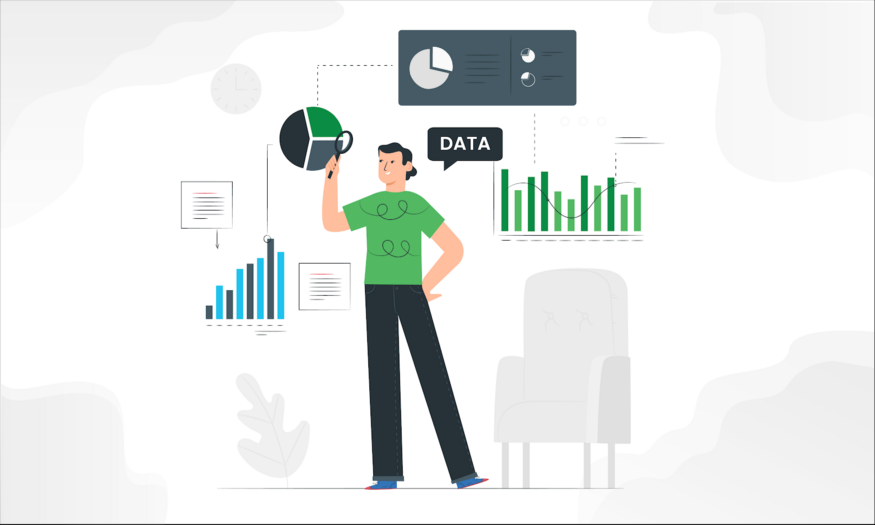How data enhances the credibility of NGOs

Gone are the days when NGOs were running on intuitions, gut feelings, and experiences. In the times where technologies like AI, IoT, and Blockchain have taken over the markets — Transparency, investment-impact charts, and data-driven cause & effect projections are genuine demands of donors from non-profits.
It is not the branding, social media marketing, or fancy events that are routing money into the non-profits; it is the four Rs of brand credibility that deliver the desired results!
The four Rs are:
When it comes to NGOs, there is a famous saying — Connectivity is the King, which simply means that your target audience would donate and contribute towards your desired causes only if they feel connected to them. For example, many NGOs use emotions to communicate with their target audience. They specially curate content with a context of awaking sympathy in the hearts of the donors.
Resonance simply means that NGOs are able to deliver the results that they promise. And once they deliver the desired outcomes, they are able to reaffirm the decisions of their donors.
Testimonials from both donors and donees can form the basis of a strong reputation for an organization. Though intangible, reputation has the power to affect the flow of donations for a non-profit significantly.
Responsiveness means actively listening to the concerns and questions of the donors + maintaining transparency regarding the use of funds coming from these donors.
In this article, we will guide you through a single word solution that can help NGOs to curate relevance, resonance, reputation, and responsiveness and that solution is ‘DATA.’

Data does not necessarily mean complex numbers spread across a GSS; it merely means finding answers to every ‘Why’ of the stakeholders.
From investment decisions to the impact that is being created, all data points ought to be transparent from an NGO’s side for building long-term relationships with the donors.
But how can your organization collect the critical data points and take decisions based on them?
To draw data points nowadays, it is essential for an NGO to start with the internal data that it already has access to. From donors to causes/campaigns that have derived the maximum results, there is a lot that can be concluded.
Also, NGOs can leverage technology platforms like BillionLives to launch surveys and get their hands on geo-targeted data that can give answers to a lot of questions like
- Who are your prospective donors?
- What is their age?
- What are their locations and professions?
- How much are they willing to contribute?
Such data points can help any non-profit with solutions to the following problems:
There might have been several times when a particular campaign did not deliver the desired results. That is where data analysis can help you. While considering points such as time, location, and target audience of the failed campaign, you can assess the points that led to the ultimate failure of the campaign.
For example, data can help an NGO working towards animal welfare to recognize the fact that sending emails on Fridays is not as fruitful for them as sending emails on Tuesdays. Such small pivots can help the organization engage their donors and volunteers better, leading to higher campaign success.
A lot of CSR fund heads refrain from getting new non-profits on board due to a lack of trust and transparency. They either form their own foundations or redirect their funds towards organizations that have a reputation in the market.
Philanthropy works on emotions and trust. Even if one of them is omitted from the equation, the results can be quite disheartening. Hence, it is imperative for the NGOs to draw data about investments, outcomes, and impact in order to gain the trust of donors.
If the NGOs can strike out the distrust and disbelieve, it becomes quite easy for them to get a regular supply of funds.
Also read: Start your 2020 by reactivating your lapsed donors — here’s how!
Working for a cause is great!
However, when that cause is backed by data, it becomes more powerful.
NGOs that have the minutest data related to their causes can form a donor’s persona, which in turn helps them in targeting the right donors for contributing to a cause. It is right that building a donor’s and donee’s persona can be a cumbersome task, but that is where technology can be leveraged.
According to a report by Microsoft, 85% of supporters and 95% of funding decision-makers say they’re more likely to support a nonprofit if it shows them how it is using technology to run its programs in a better way.
Hence, amalgamating Technology With Data can deliver unexpected results for a non-profit.
Working for a cause is great!
When deriving data points about your donor’s persona, an NGO can leverage these points to map a revenue stream for itself. How? When an organization knows about the age, location, income bracket, and preferences of its donors, it becomes easy to target such prospects with little efforts.
Also, an NGO can combine data from various other open sources to layout a mind map of income streams that it can build.
This is how powerful data can be. Plus, if a non-profit is able to solve all of the above-given problems, it can surely build trust and enhance its credibility!
Having said that, it is vital for organizations to start small. With internet being of advantage for gauging the latest researches and data, it can be overwhelming for NGOs to analyze such enormous data and deploy it for its own benefit.

- Check for the internal data or data from an open-source that matches your subset of donors and donees.
- Start finding out answers to the fundamental questions so that it is easier to introduce micro-changes in the current strategy.
- Get in the habit of A/B testing these strategic changes to see if you are moving in the right direction.
We hope we were able to help you out with some of your problems related to building credibility around your non-profit.
If you liked what you read, do follow BillionLives for more such content pieces.




